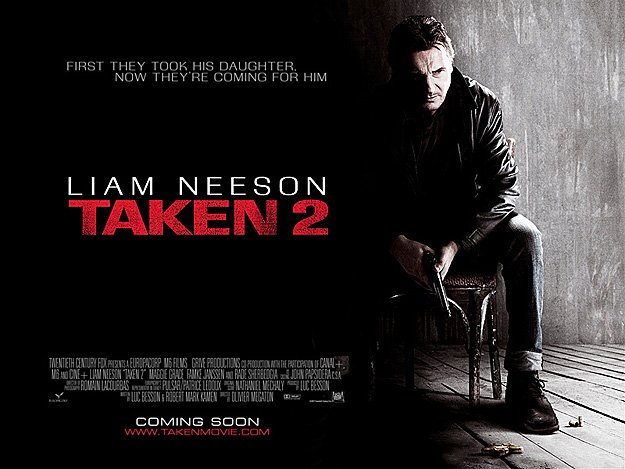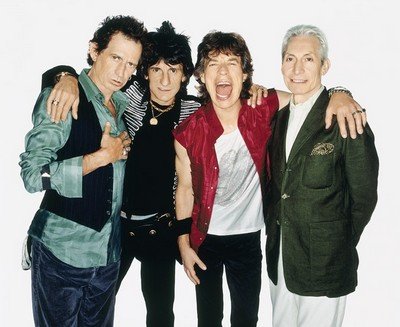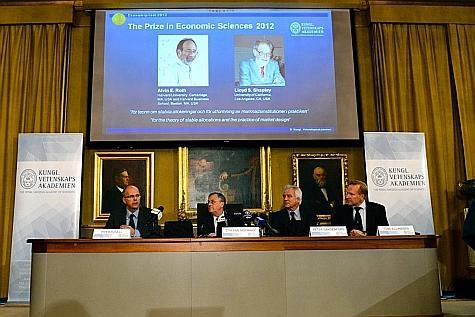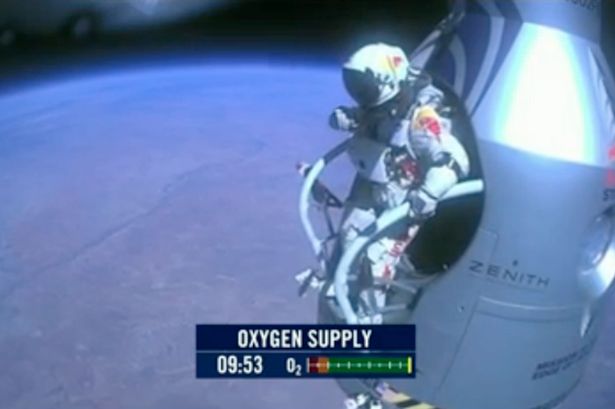Former Bosnian Serb leader Radovan Karadzic has begun his defence at his war crimes trial at The Hague court by denying the charges and saying he should instead be rewarded for reducing suffering.
Radovan Karadzic told court in The Hague he was a “tolerant man” who had sought peace.
He was arrested in Belgrade in 2008 after almost 13 years on the run.
Radovan Karadzic faces 10 charges of genocide war crimes and crimes against humanity during the war in the 1990s, including the 1995 massacre at Srebrenica.
More than 7,000 Bosniak (Bosnian Muslim) men and boys were killed at Srebrenica in the worst atrocity in Europe since the end of World War II.
He is also being prosecuted over the 44-month siege of Sarajevo, in which more than 12,000 civilians died.
Radovan Karadzic, 67, went on trial at the International Criminal Tribunal for the former Yugoslavia (ICTY) in October 2009.
He began his lengthy personal statement by saying he had done “everything within human power to avoid the war and to reduce the human suffering”.
Speaking calmly, Radovan Karadzic said he was a “mild man, a tolerant man with great capacity to understand others”.
He had stopped the Bosnian Serb army many times when it had been close to victory, he said, had sought peace agreements, applied humanitarian measures and honored international law.
Radovan Karadzic insisted that there had been no history of conflict between ethnic groups until Serbs came to feel increasingly threatened by growing power amongst Muslims in Serbia.
“Neither I, nor anyone else that I know, thought that there would be a genocide against those who were not Serbs,” he said.
He criticized media coverage of the war as biased and disputed the official number of victims of the war, saying the true figure was three to four times less.
“As time passes this truth will be stronger and stronger, and the accusations and the propaganda, the lies and hatred, will get weaker and weaker,” Radovan Karadzic said.
Many survivors and relatives of the war’s victims have travelled from Bosnia to see the man they hold most responsible for their suffering deliver his statement.
Each of Radovan Kradzic’s statements was met with cries of dismay, disgust and disbelief from the public gallery.
Radovan Karadzic is also expected to be questioned about the shelling of a market in Sarajevo in August 1995, an event he says was staged.
He is thought to have as his first witness Col. Andrey Demurenko, a Russian, who was chief of staff of the UN peacekeeping force in Sarajevo in 1995.
In June, Radovan Karadzic had one charge of genocide – related to the forcible expulsion of hundreds of thousands of non-Serbs from towns and villages in Bosnia – dismissed. But he failed in his attempt to have the other charges against him dropped.
Former Bosnian Serb army commander Ratko Mladic is also on trial at The Hague.
Charges against Radovan Karadzic:
- Ordered or planned genocide of Bosnian Muslims (Bosniaks) and Bosnian Croats to permanently remove them from territories of Bosnia and Hercegovina
- Persecuted Bosniaks and Bosnian Croats – responsible for “acts of extermination and murder”
- Masterminded the massacre of mmore than 7,000 Bosniak men and boys at Srebrenica in 1995
- Responsible for siege of Sarajevo 1992-95, in which 12,000 civilians died
- Took UN peacekeepers and military observers hostage
[youtube HBeunPhYqbA]











































